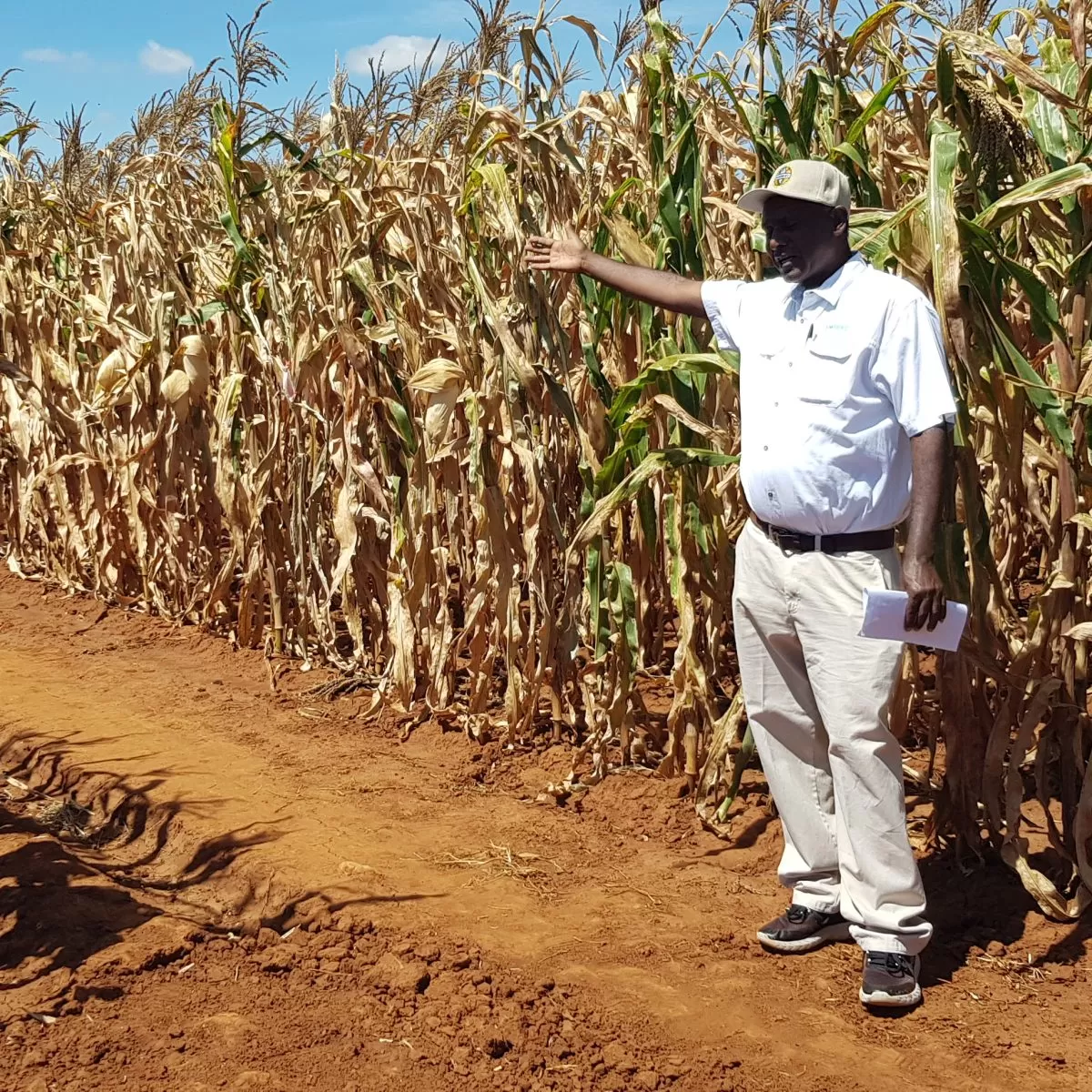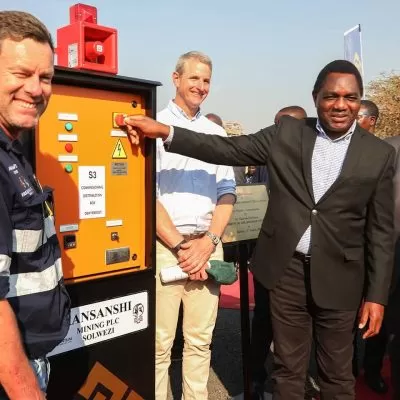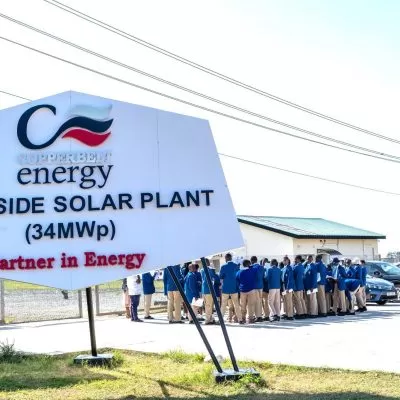Will Zambia Learn from the Drought?
It is yet to be seen if the 2024/25 farming season will produce results of any lessons or improvement from the drought mitigation programmes and policies of this year’s disastrous farming season. Or it has been business as usual ‘fikaisova’ style.
Lusaka 11/07/24 – ZAMBIA is experiencing the driest agricultural season in more than 40 years. This has resulted in significant crop losses, loss of grazing grounds, increased livestock diseases and deaths and worsening human poverty, according to the United Nations Office for the Coordination of Humanitarian Affairs (OCHA) plea for Zambia.
Zambia has seen an increase in annual inflation to two digit levels (15%), increased national poverty to 60%, increased urban poverty to 32%, increased rural poverty to 79% while real growth domestic poverty (GDP) has reduced from 6.2% to 1.4%, unemployment reduced to 5% and population growth has stunted to 2.7% from 2.8%. On the other hand, the national currency and medium of exchange the Kwacha has lost value (depreciated) by more than half from 20% to 42% according to country statistics on Zambia from the World Bank.
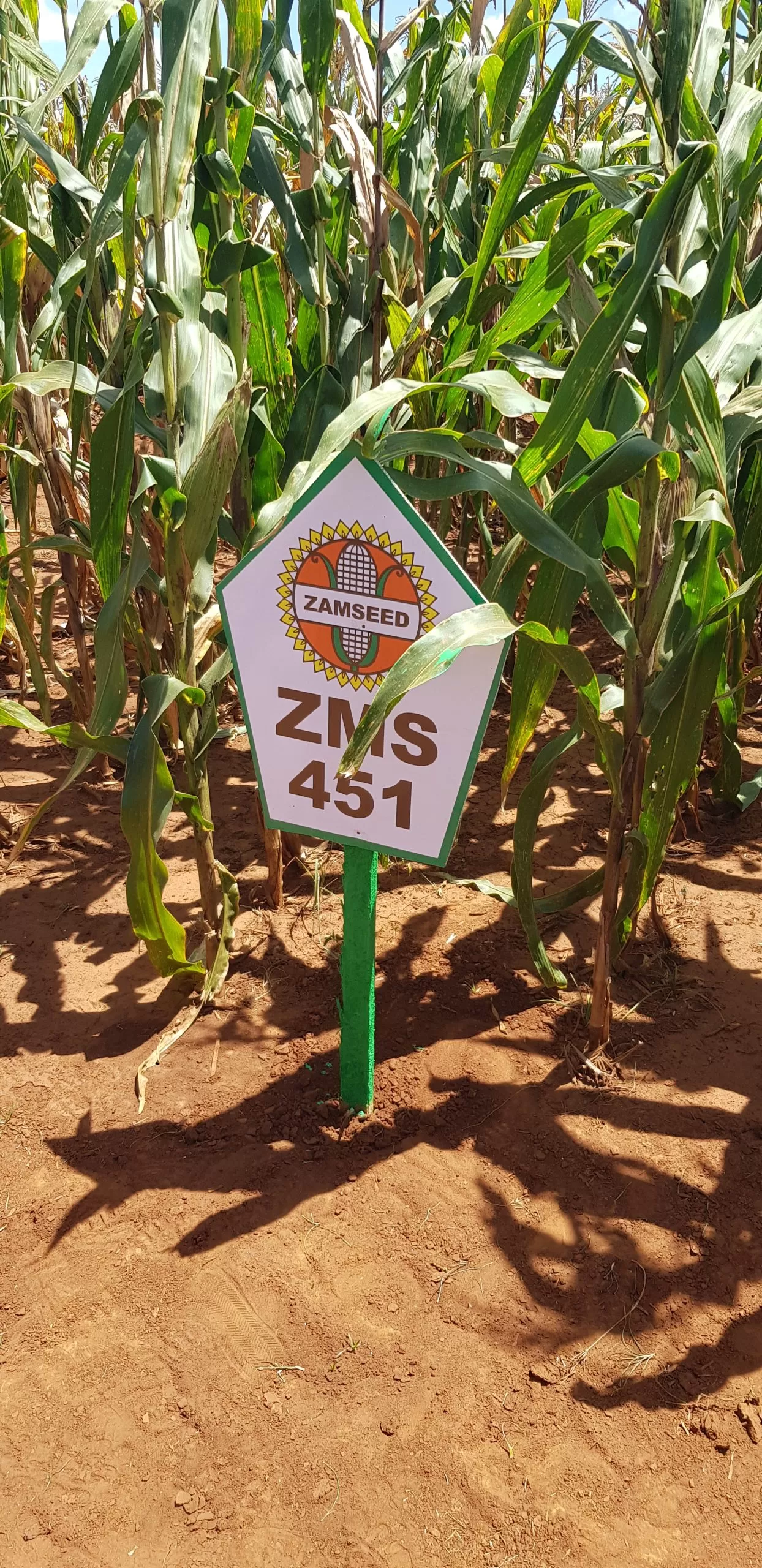
All this could be attributed to effects of COVID and the drought that has affected Zambia.
Early this year in February, Zambia’s President Hakainde Hichilema took to national address to declare the prolonged dry spell experienced in the 2023/24 farming season as a national disaster.
In his declaration, President Hichilema said over nine million Zambians and the livestock in 84 out of the 111 districts were at risk of hunger, water shortages amidst total crop failure and dry vegetation. One million hectares out of 2.2 million hectares of planted crops had experienced crop failure due to this drought.
In his speech, President Hichilema said the drought must be a watershed moment for Zambia that spurs the country away from overdependence on rain fed agriculture, water powered electric generation and seasonal farming.
President Hichilema said Zambia must consider all options as available for the country to have farmers and agribusinesses meeting national food security whether there was rain or not and for the country to generate electricity throughout the year to meet the country’s demand. He also called for a change in the way government and its regulatory agencies dealt with businesses and private sector in their quest to have all necessary permits for them to conduct the business of feeding the nation, creating employment while making money for themselves.
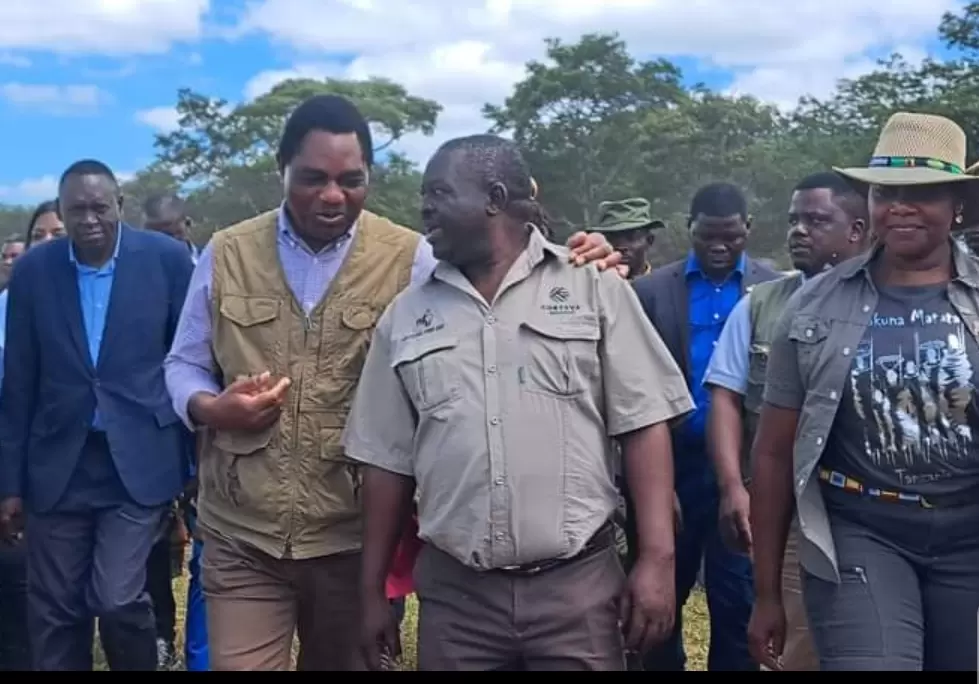
President Hichilema called for the re-alignment of the national budget to focus on agriculture, energy generation and drought mitigation.
Minister of Finance and National Planning Situmbeko Musokotwane presented a K 41.9 billion supplementary budget to the National Assembly of Zambia in June, 2024.
He said of the K41.9 billion in the supplementary budget, K8.3 billion or 19.8 percent of the revised budget will be dedicated to facilitating Government drought response interventions to provide life-saving and early recovery assistance to the millions of Zambians affected by this disaster.
In announcing the 2023/24 results of the crop forecast survey (CFS), Zambia’s Minister of Agriculture, Reuben Mtolo Phiri said the country would experience a 53 per cent deficit in its total annual crop harvest. He said almost all crops would post harvest deficits which would require the country having to import most of its needed food supplies.
He announced that the country has recorded a net deficit of 1,323,288 metric tonnes for maize, a net deficit of 55,138 metric tonnes for paddy rice, net deficit of 225,296 metric tonnes for wheat, and net deficit of 548,644 metric tonnes for cassava flour. Overall, the Country has a total net deficit of 2,107,745 metric tonnes of maize equivalent.
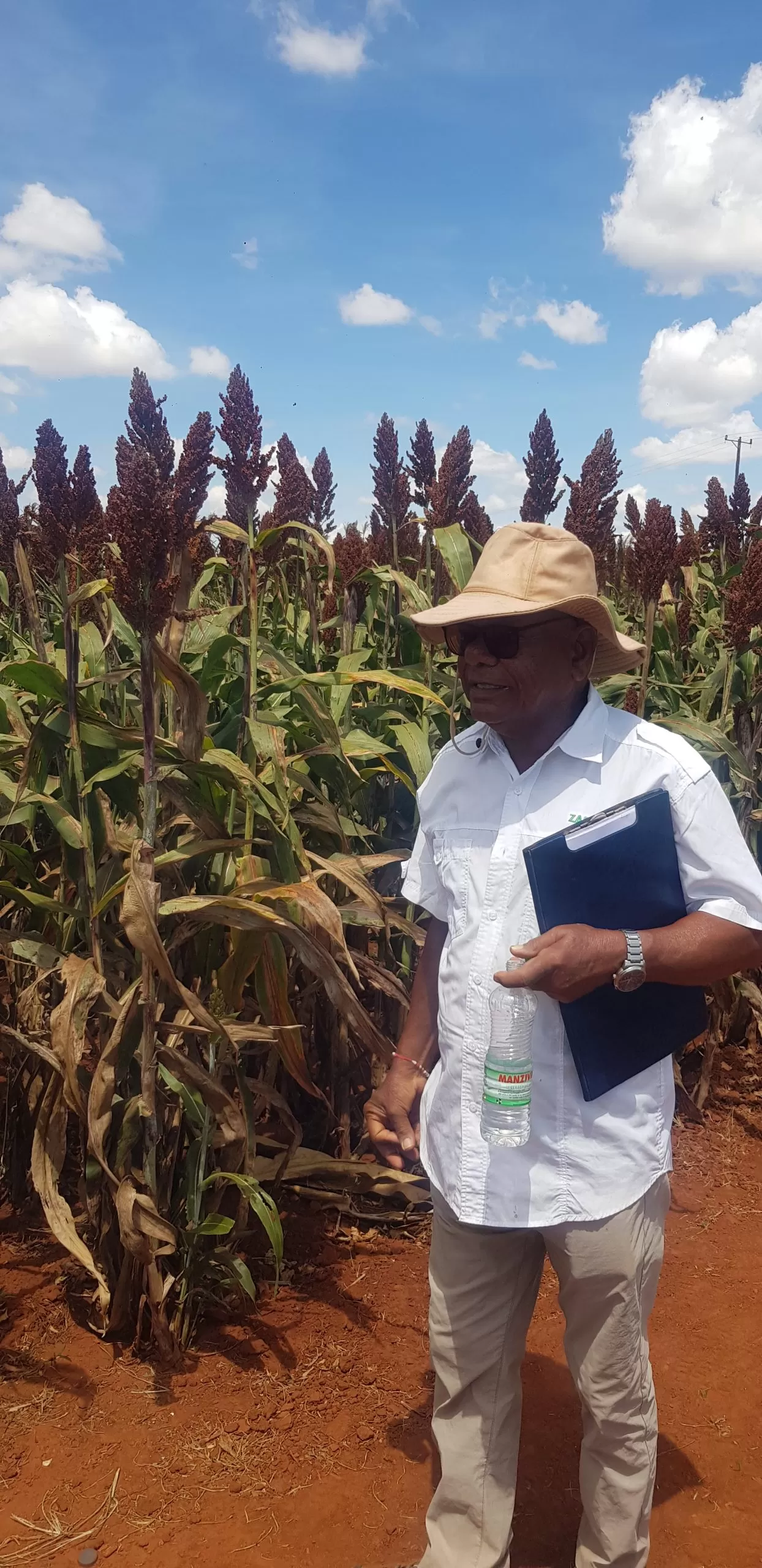
Mr Mtolo Phiri said the 2023/24 rainfall season was characterised by late onset of rains, prolonged dry spells and high temperatures affecting crop and animal production.
According to Zambia’s Meteorological Department, most drought affected regions include Central, Eastern, Southern and Western provinces of Zambia.
Of the drought affected areas, the UN OCHA says these places have over the past 5 years contributed over 58 percent of Zambia’s annual maize crop production and also host over 76 per cent of Zambia’s livestock. The UN OCHA fears the drying of water sources and decreasing ground water availability will severely impact access to drinking and irrigation water for both humans and livestock.
Water Harvesting:
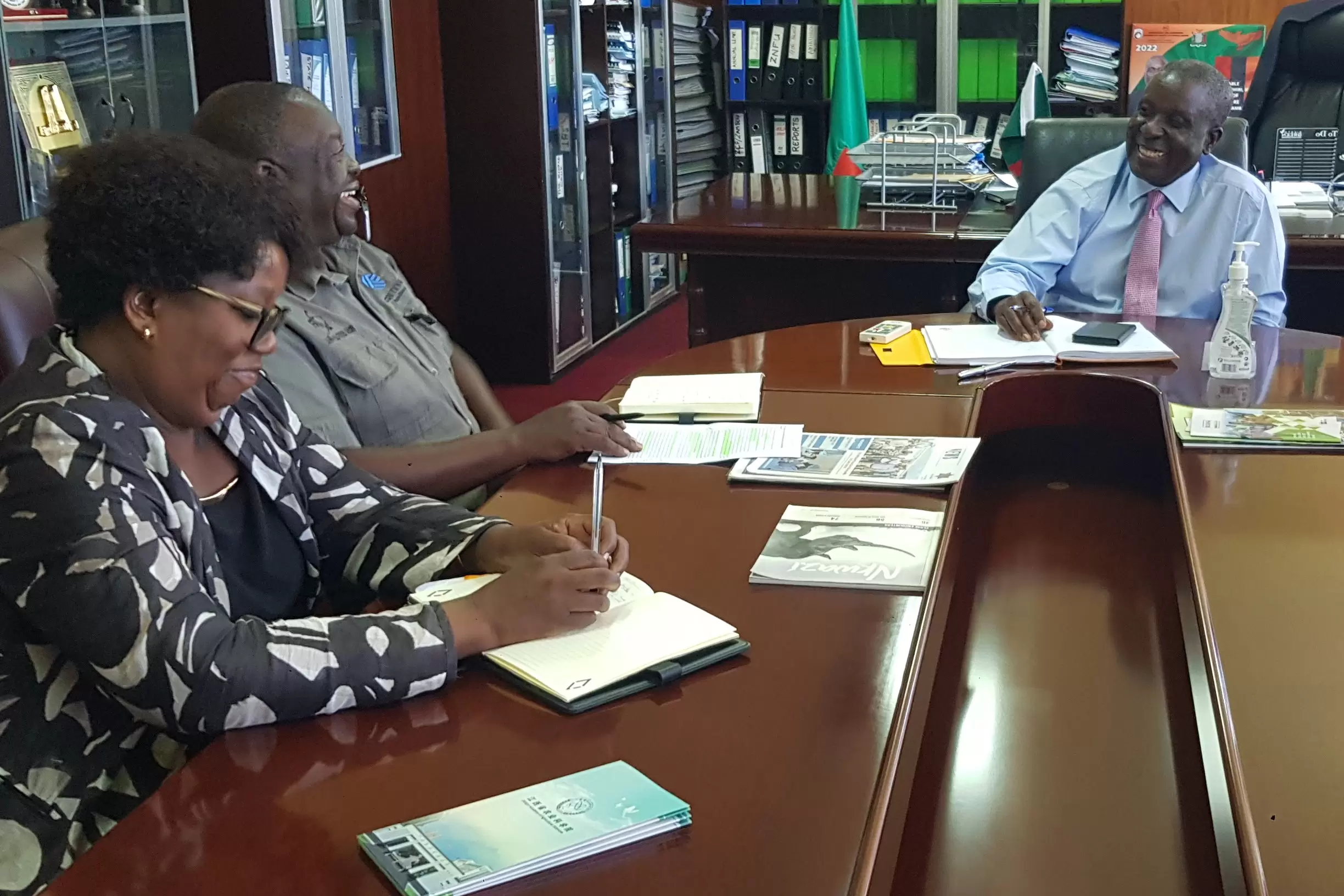
According to farmers’ groups and agribusinesses, getting water harvesting permits for dams and other irrigation projects in Zambia takes between one to nine years, a matter well known to President Hichilema as a farmer and businessman too.
President Hichilema has been instructing government ministries and government agencies to improve the government working environment, so the private sector is not delayed from their projects.
He identified agencies like the Zambia Environmental Management Agency (ZEMA) and the Water Regulatory Management Authority (WARMA) to change their business as usual attitude and devise one-stop working system that will deal with all permits required by the private sector. He said they should ensure agro productive sectors are preferential treated to ensure they do not waste time queueing up for permits in government offices. The President wondered why the farming community and agro-business sector must be made to wait for one permit after the other for them to be finally allowed to harvest for irrigation the very water they privately financed for and dammed.

On energy, President Hichilema called for review of the tariffs affecting electric generation and distribution in the country to enable more players to come in and invest in electric generation. “To promote competition and allow for non-discriminatoryaccessto electricity transmission and distribution infrastructure by the private sector, Government is in the process of implementing an Open Access Regime. Private sector players will be able to wheel power to their customers and will also help remove ZESCO from entering into unsustainable power purchase agreements”, announced President Hichilema.
In June Minister of Energy Peter Kapala announced that the Zambian Cabinet approved the implementation of the Open Access and Net Metering Regulations, that allows for private electricity generators to sell power into the national grid in Zambia. These new regulations will enable both industries and households to actively contribute to the national grid, earning an income by supplying the electricity they generate.
Dependency on hydro power has proven to be Zambia’s Achilles heel as the Kariba Dam on the Zambezi River, jointly shared with neighbouring country Zimbabwe has plenty of water that cannot be used for power generation because of its design. This dead water as it is called, makes the power generation inefficient and wasteful compared to Zambia’s Kafue George, which produces more power with little water compared to Kariba North Bank. This means Zambia must look beyond hydro into solar, geo-thermal, wind, coal fired thermal among others.
As of July, Zambia was experiencing 12 hours’ electricity supply deficit also known as load shedding with industry and mines being subjected to day light power while households have limited power at night.
Things to Consider:
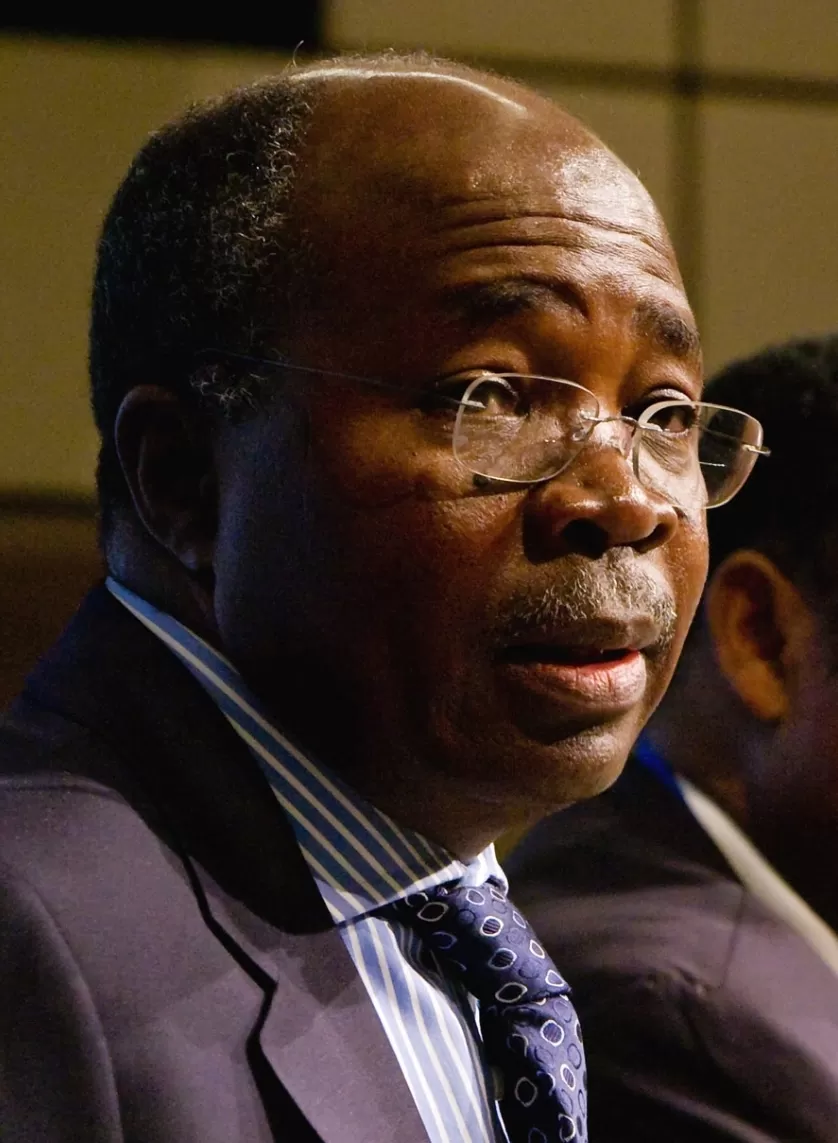
As Zambia seeks help from abroad and seeks ways of new ways of mitigating the negative effects of drought and climate change while doing business and securing national food security, Zambians must embrace best practices from the agribusiness sectors that includes mechanised farming and water harvesting for irrigation. Farmers must rely on proven farming methods and the use of superior drought resistant seeds from seed companies that might include the introduction of Genetically Modified organisms (GMOs) in drought prone areas of Southern parts of Zambia (Central, Western, Eastern and Southern provinces) in order to produce more food and crops for Zambia.
On energy, the consideration of nuclear energy as alternative power source with the abundance of uranium (yellow cake) among Zambia’s copper deposits must become a national goal. Nuclear energy, despite its complexities has proven that it can provide year long and consistent power to the farming community and agribusiness industry and mining sector without any interruptions. This will allow for seasonal hydro power to be exported as surplus power to neighbouring countries thereby by earning Zambia the much needed foreign exchange for its economic growth and sustenance.
On agricultural support, the assistance to farmers, both small scale and large scale must be tailor made to ensure that there is improved national production of food for both export and domestic consumption.
Farmer input support programmes like FISP, must be informed by practical research that ensures that farmers are provided tools they need to profitably farm a specified area of farm land and that they have the right seeds to plant and right chemicals for both seeds and the land they will plant on. This means the right fertilizers, right limes and right water and energy sources. Farming must be an all season, all year venture where crop production continuous feeds into the agribusiness value chain so industry does not shut down or go on break.
It is yet to be seen if the 2024/25 farming season will produce results of any lessons or improvement from the drought mitigation programmes and policies of this year’s disastrous farming season. Or it has been business as usual ‘fikaisova’ style.

